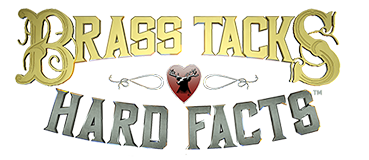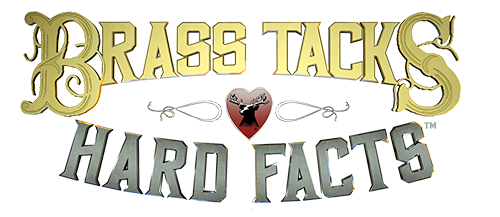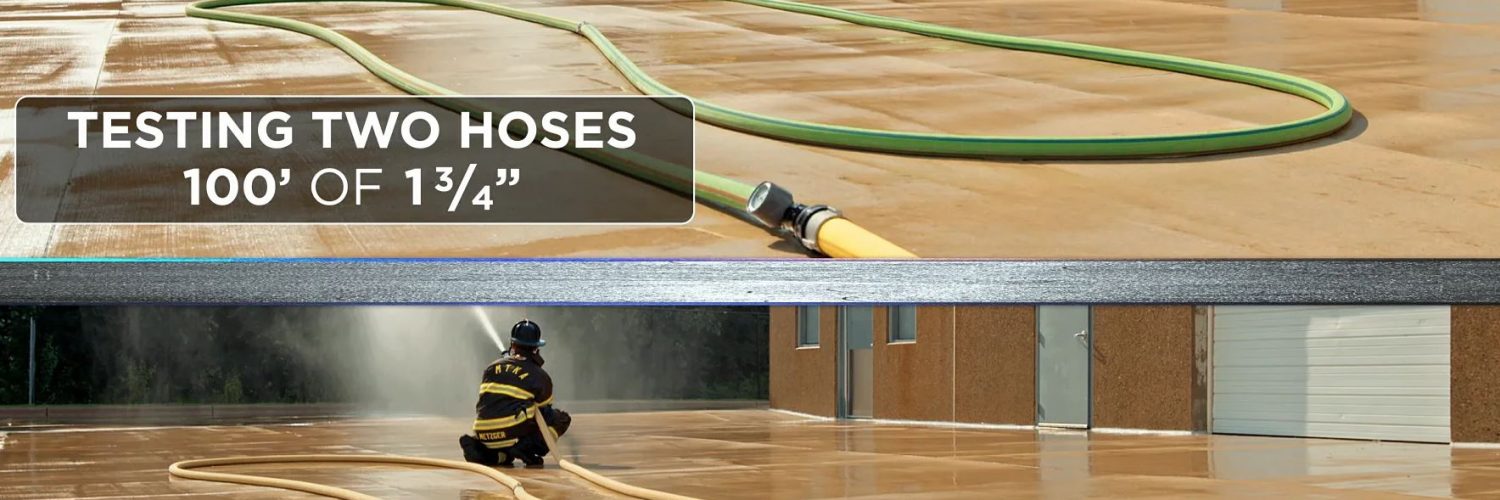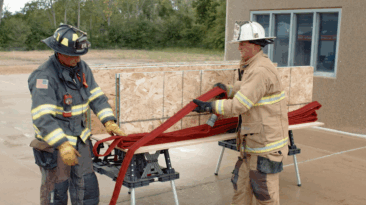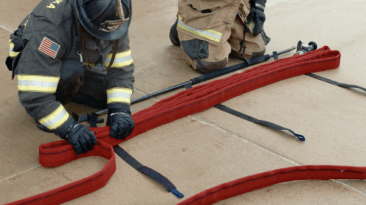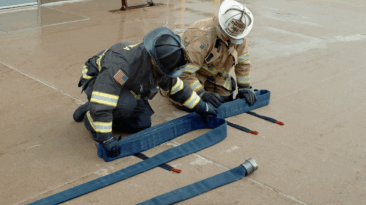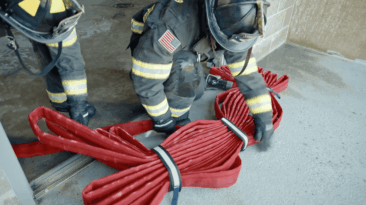1.75” hose and 1.88” hose is compared in this scenario revealing different friction loss numbers for two sizes hoses that are both labeled a “1-3/4”. Understanding the implications of this, particularly if your department runs a mixed hose fleet, is critical to achieving your target flow.
Dennis LeGear
Dennis LeGear, retired Capt. Oakland, CA. holds both an AS Degree in Fire Science and Bachelors in Vocational Education from CSU Long Beach. He also held the position of Water Supply Officer in the OFD, and advised the Engine and Truck Committees in pump spec, hose & equipment lay out, compartment / hose bed spec as it related to fire stream development. In addition he was a hose and nozzle instructor at many in house academies, plus an adjunct professor in the same capacity at the College of the Siskiyous in California. His fire service career included time at Cal Fire, Kings County and the City of Oakland.
Owner of LeGear Engineering F.D. Consulting (L.E.F.D.C), creator of the 1 3/16-inch smooth bore nozzle and TRU hose spec. A panel member of the UL Study of the Impact of Fire Attack Utilizing Interior and Exterior Streams on Firefighter Safety and Occupant Survival. Currently Manages/Project Lead of a national "Engine Test Group" composed of industry experts, which are involved in both the L.E.FDC "True Hose Project" the "1 3/16th-inch tip” 295gpm@50psi Project, and “Smooth Bore Matching Fog tips @50si NP” project.
His company has provided technical advice to some of the largest fire agencies in the nation including, Portland, Seattle, Boston and the City of New York. He has also consulted with water municipalities assisting in the development of emergency response plans for a variety of water infrastructure problems related to seismic events and other disasters. Author/Proposal Reviewer (Book Div. PennWell Publishing) Author of Fire Engineer FF I&II Handbook, Water Supply and Hose / Appliance Chapter.
View All VideosYou may also like
A well-loaded hose bed sets the stage for every successful deployment. In this episode, Brian Brush demonstrates how to load both 1-3/4″ and 2-1/2″ Modified Minuteman configurations for a variety of simulated apparatus layouts. He covers key considerations for spacing, direction, and...
When it comes to larger lines, proper construction of the 2-1/2″ bundle is critical for control and efficiency. In this episode, Brian Brush demonstrates how to build the 2-1/2″ Modified Minuteman bundle to maximize mobility and reduce kinks. He explains layout, nozzle positioning, and...
The 1-3/4″ bundle is the foundation of the Modified Minuteman setup. In this episode, Brian Brush walks through how to build the 1-3/4″ bundle step-by-step to ensure smooth and consistent deployment every time. He covers key setup details, bundle size, and placement tips that help crews...
When high fire load demands a big line, you need a fast and effective follow-up strategy. Brian Brush demonstrates how the Modified Minuteman setup allows for a quick transition from a big knockdown with a RAM monitor to a manageable handline. Watch how this method keeps operations flowing smoothly...
